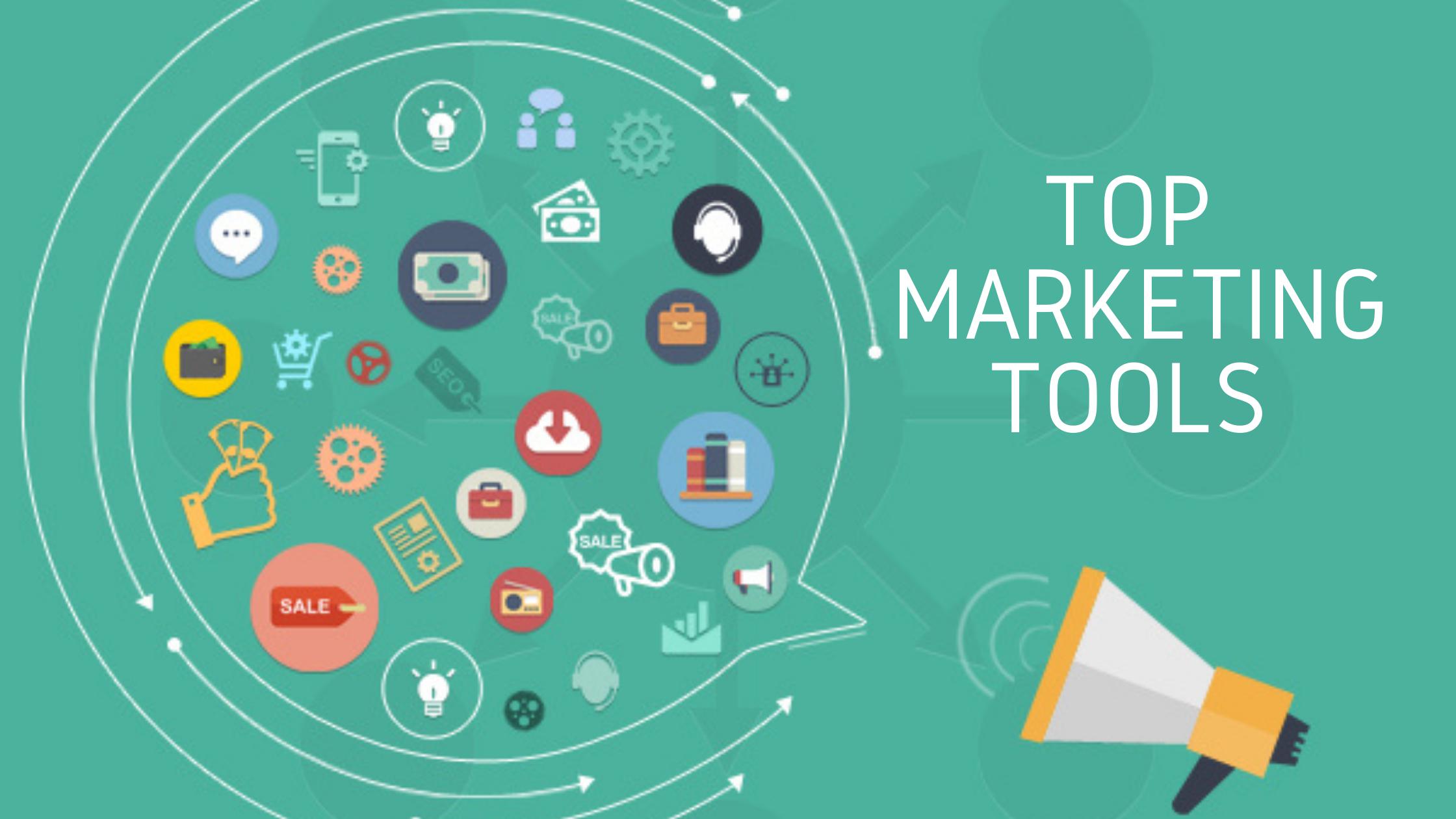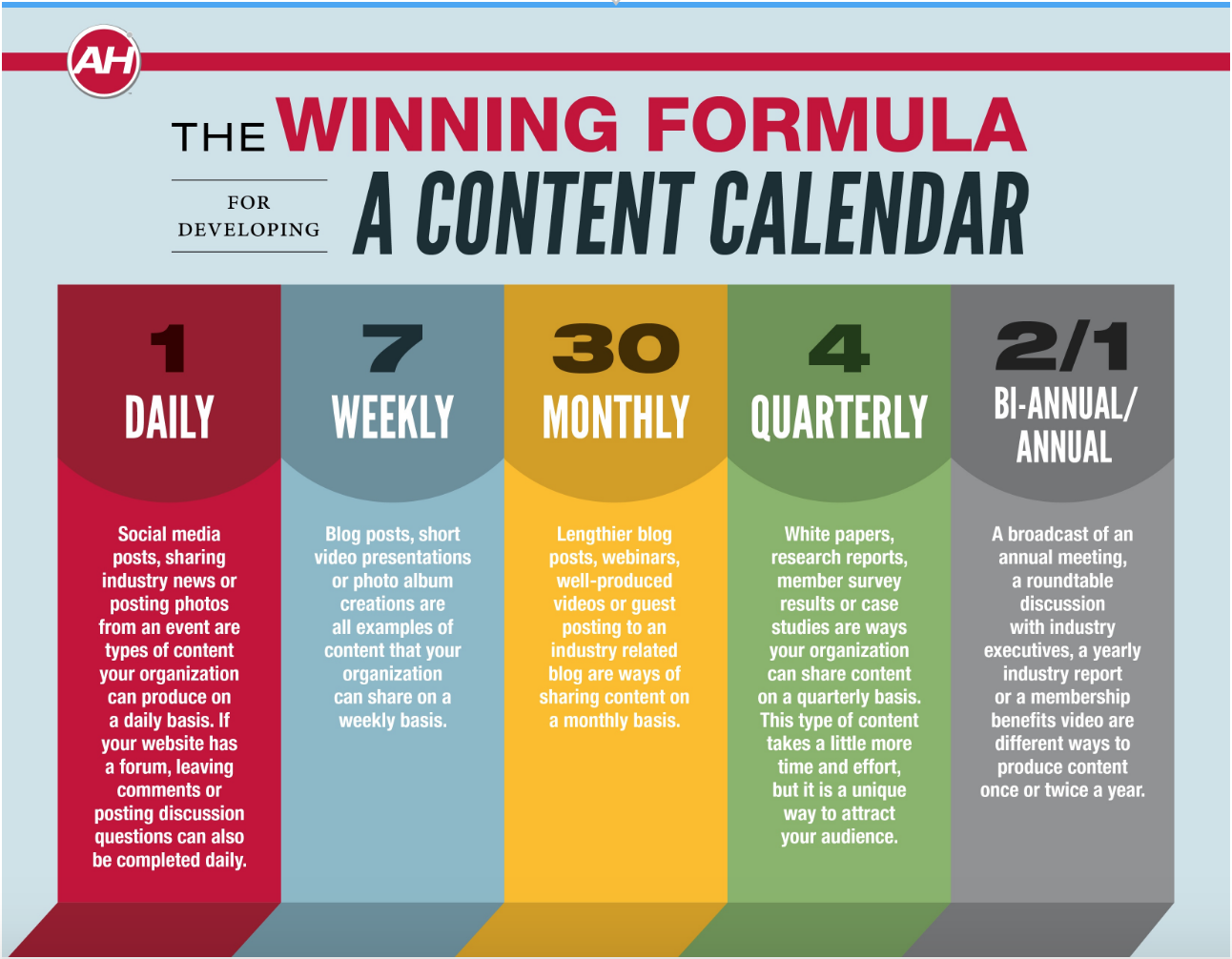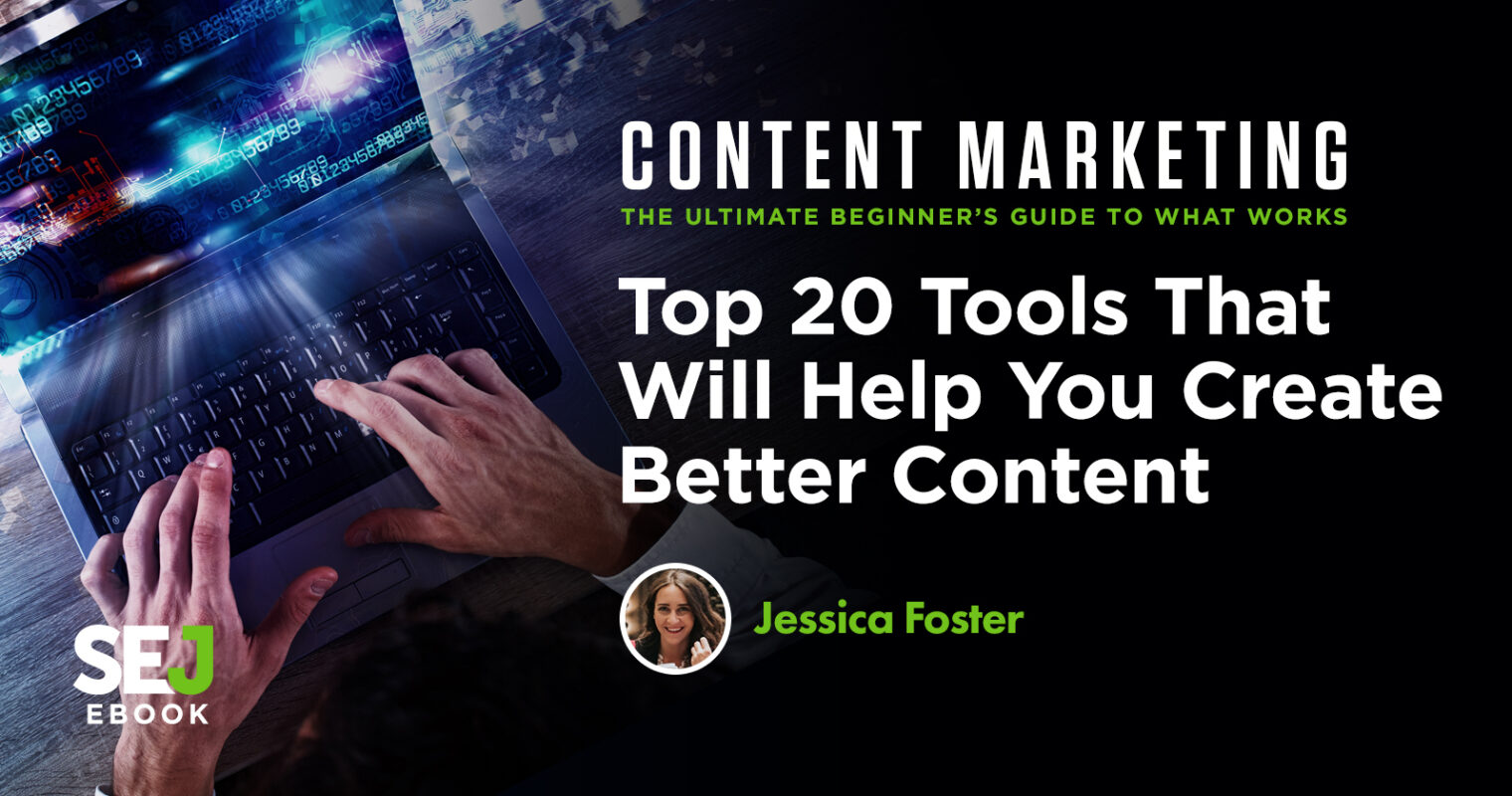
One of the most common ways to advertise on the internet is through pay-per-click advertising. This marketing technique is often used to promote a product or service. An advertiser pays a set amount every time someone clicks on an ad. This advertising type is used to "buy visitors" to a site and is focused on driving specific user actions.
This model is a primary revenue stream to publishers. A publisher decides the value of a click, taking into consideration the quality and competition. Quality ads will have a lower cost per click than low-quality ones. The costs will vary depending on the type of visitors you want to attract and the quality of your ad. Advertisers will typically pay a flat fee for clicks, but the cost per click may be as high as $2.05 in some cases.

Publishers will usually have a list with their advertiser rates and pay-per-click rates. Many publishers will negotiate lower fixed rates for long-term and high-value contracts. The fixed cost of publishing will need to be reduced if you wish to save money. You can also negotiate a lower fee if you sign a long-term deal with the publisher.
Celebrity endorsements are another popular way to pay-per–click advertise. An example of this type marketing is the fragrance brand that targets celebrities on Instagram. To advertise with celebrities, the perfume brand has used Mercury's platform. In addition to boosting brand awareness, this type of advertising is cost-effective for brands and publishers alike. PPC ads can drive traffic to landing pages and websites as long as they encourage immediate action.
While many online marketing techniques use pay-per-click advertising, it is the most common way to drive traffic to a website. It works by placing advertisements next to search engine results relevant to the keyword. It also allows the advertiser to bid for sponsored links. Pay-per-click marketing is a great way for websites to get more visitors. If it is done correctly, it can generate a high return on investment for your business.

Advertisers are able to segment their target audience through the pay-per–click model. The advertiser can target specific individuals by selecting a specific keyword or industry. In addition, they can test CTA headlines, ads, landing pages, and meta descriptions to see which ones perform the best. Although most pay-per click advertisements are accurate, some have been found to be inaccurate. You can test different models to determine if this is your case.
FAQ
How To Use Blogging to Generate Leads In Your Business
B2B leaders understand the importance of online leads for their success. Many businesses fail to convert website traffic into qualified leads, despite the fact that they know this. If this happens to you, there are five possible causes.
Reason 1: Your website is not optimized - Even if you have a blog, it's not making money! Blogging is a great way to attract new customers. But, your blog posts must solve the problems of your target audience. Otherwise, you won't be making any money.
Optimize your blog to ensure it is profitable. This increases the likelihood of people finding your blog post.
After they find your blog article, make sure that you offer value by answering their queries and providing solutions as soon as possible.
Keyword Toolbox is a good tool to help you find keywords. Add these keywords to page titles, meta descriptions, and body text.
CTAs are also important to include on your blog. CTAs encourage readers to take action, such as signing up for your newsletter, or purchasing a product.
These actions increase sales and give you insight as to what types of information users are most interested.
To get started blogging, check out our guide on How To Start A Successful Blog.
Reason 2: You Don't Know What To Write About - Once You Begin Writing, You Will Find That The Ideas Come Quickly, But Then They Stop!
It takes time and effort to establish yourself as an authority in your niche. To do this effectively, you must write about topics that interest your potential clients.
Writers should answer the question: "Why should we hire you?" Keep your eyes on the problem when you write.
This will help your business stand out from others that might just be trying sell products.
Your blog should not only help your prospects but also be of benefit to them. So, think of ways you can use your expertise to educate others. For instance, you might talk about the latest trends within your industry or share money-saving tips for home improvement projects.
Include links to resources where your viewers can learn more about these issues. These could include videos or articles by experts in your field.
Reason 3: You Don't Have Any Clients, And You Don't Want Them - You Just Need To Make More Sales Now!
There is no quick way to build a successful company. Building trust and rapport with your target market takes time.
If you are not ready to make connections with potential clients, then you don't really need to spend hours on content creation. Instead, place ads on social media websites like Facebook and LinkedIn.
Avoid wasting money on useless advertising. Create ads that are based on your ideal client's demographics to avoid wasted money. For instance, if you run a website design company, you probably have many female clients.
Instead of targeting all men you could target women based on their location, age, income, and other factors.
After you set up your ad, follow through by sending a message to your potential customers once you receive a click-through.
Remember that you don't have to pay for every person visiting your site. Accessible traffic sources can bring in more sales than paid.
A contest you could hold for new subscribers signing up via email would be one example. You can also give gifts to those who sign up for your mailing list.
The key here is to find creative ways to attract visitors without spending too much money.
Reason 4: Advertising is expensive - Your business is too busy to spend time advertising it. But that doesn't mean you shouldn't do it!
You should always prioritize your work over your business. For example, if you are too busy running your company to advertise it then you won't have the ability to grow.
If you feel overwhelmed with the sheer number of tasks you have every day, it is possible that you are not prioritizing them correctly.
Get organized. You can set aside an hour each week to review your work and plan what you should do during the rest.
Once you begin, you'll be amazed at how much easier everything will be.
What are the different content strategies?
Content strategy refers to all aspects that relate to how you create and manage digital content. Content strategy is not just about what you post to social media sites, such as Facebook or Twitter, but also the content you choose for your website, blog, or other online properties.
Content strategy is vital because it determines how you will focus your time and effort, the content types you should use, as well as what message you send to your target audiences.
It's all about understanding how content fits into your overall business goals and objectives in order to help achieve them.
How much does content marketing cost?
The cost of content marketing depends on whether it's an outsourced solution or something you do all yourself. Outsourcing content marketing services are usually cheaper than hiring full-time employees, allowing you to scale quickly when you need more coverage.
According to HubSpot research, outsourcing content production costs around $5 per lead generated (for B2B companies) compared to $22 per lead generated (for consumer brands).
You can find many free tools on the internet that will help you create content that converts.
There are many different ways to optimize content that is optimized for search engines, such as Google and Bing. For example, you can write original articles, guest post on blogs, curate content from other websites, and repurpose existing materials.
If you go down the route of self-produced content, you'll need to learn how to produce great content. Producing content will become relatively simple once you've mastered it.
Start by creating basic landing pages with WordPress. Then, you can move on to building your website. You can then build your portfolio over time.
Why should I do content marketing?
According to HubSpot, "The average person spends nearly two hours each day consuming some form of content--on social media, in their newsfeeds, while watching TV, reading magazines, browsing websites, listening to podcasts, and more. That's a lot spent on content!
How do you create compelling content?
You can create great content by writing about topics that are interesting to you. To be a successful writer, you must choose topics that are important to you. This is about finding your passion and then sharing it with others. Writing for yourself can be difficult, but writing for others is a lot easier.
How long will it take to get started with content marketing?
It depends on how large your business is. Smaller businesses often don't have the resources to invest immediately in content marketing. But it can pay big-time if your are willing to put in the time.
Statistics
- According to our research, 65% of companies with very successful content marketing in 2021 ran content audits at least twice a year. (semrush.com)
- We found that 40% of businesses don't have a documented strategy yet. (semrush.com)
- According to research compiled by Coschedule: Companies that publish 16+ blog posts a month get as much as 3.5x as much traffic as those that publish 0-4 posts a month. (criteo.com)
- Content marketing produces 3X more leads per dollar spent. Content marketing costs 62% less than traditional marketing. (criteo.com)
- Seventy-two percent business to business (B2B) (mailchimp.com)
- According to our research, brand awareness, attracting traffic, and generating leads remain the key content marketing goals in 2022. (semrush.com)
- In fact, would pay more for a better customer experience, and 86% of B2B buyers would pay more. (neilpatel.com)
- Forty-seven percent of buyers view 3 to 5 pieces of content before engaging with a sales representative. (mailchimp.com)
External Links
How To
Infographic Design Tips for Content Marketing
Infographics are an effective way to explain complicated concepts clearly and make information understandable. Infographics can be used to communicate your message.
For creating an infographic you'll need software such as Adobe Illustrator and Photoshop. You can use these programs to draw out different shapes and elements to represent your data, then add colors and fonts to make everything look nice. Once your design has been created, you can start uploading images from Unsplash/Pixabay to incorporate into it.
Looking at other infographics online can help you get ideas. To show how many calories certain foods have, you can use a picture of a pyramid to illustrate this. You could also replace the numbers with images of the food. Or you could look at how many sugars are found in soda pop and replace that number with a picture from a Coke bottle.
Once you've designed your infographic, you can share it through social media channels like Facebook and Twitter. This will make it easier for people who don't know the concept to get familiar with it. You can include hashtags in your infographic if you want to share it on social media. Hashtags enable users to follow along in conversations related to specific topics.
Try to make your infographic posts shorter than you normally would if you create one. An average blog post is between 2000 and 5000 words, while an infographic takes 500 to 1000 words. This means you can easily convey more information with less space.
Remember that not all viewers can read small font sizes when designing an infographic. It is important to use large fonts and avoid relying too heavily on colors when designing your infographic. Make sure all text is legible.
Here are some other tips.
-
Use an infographic template. Many templates are available in both printable and online formats. Canva, Piktochart and Google Slides are the most used templates.
-
Your Infographic is ready. Use the template to create your infographic. You can use whatever media is most appropriate for your audience. In this example, photos of Seattle restaurants might be used to create an infographic about Seattle's best restaurants.
-
Add text. Add text to your infographic once you have it created. You can use Microsoft Word, PowerPoint or Canva to add text.
-
Add images. Your infographic can also include images. You can add images to your infographic. If you want to add a picture, make sure it's relevant to your topic.
-
Make It Interactive. You can also add interactive elements such buttons, maps, links, and other features. This will increase engagement with your audience.
-
Share. Share your infographic after you're done.
-
Measure. What was the performance of your infographic? Are people clicking through to your website or not? Did they sign up for your email list? What was their reaction to your infographic?
-
Improve. Do you think there are ways to improve your infographics Do you think your infographic could be better?
-
Repeat. Repeat.